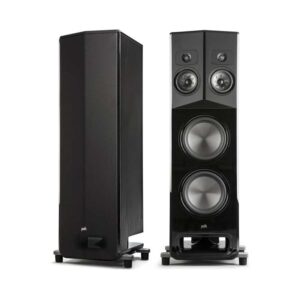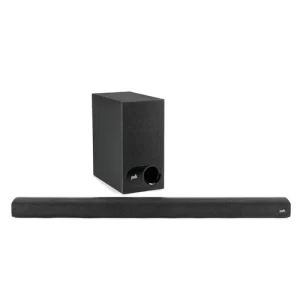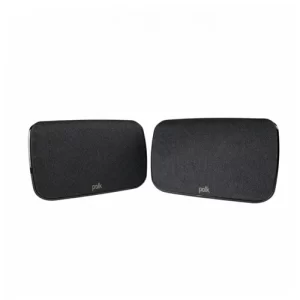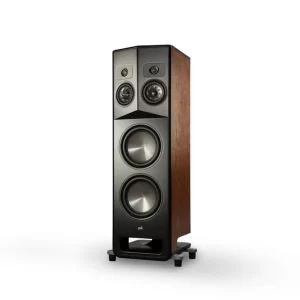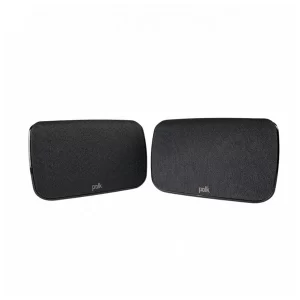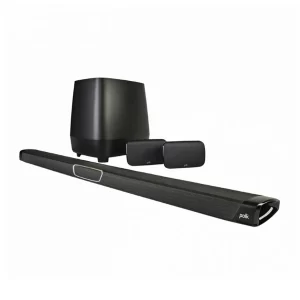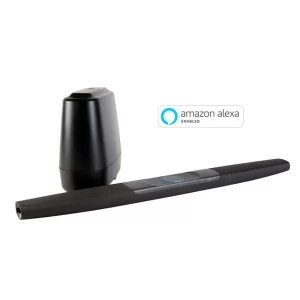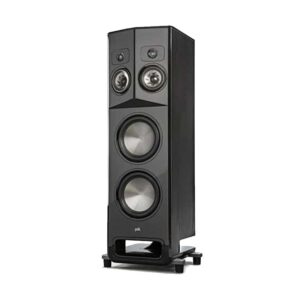Search
Product type
Brands

Polk Audio
Polk Audio is an American manufacturer of audio products, most notably home audio speakers. It also produces a variety of other audio-related products. The company’s headquarters are in San Diego, California. In 2006, it was purchased by Directed Electronics. The company’s products are aimed at a wide variety of markets.
Polk Audio was founded in 1976. It was the brainchild of George Klopfer and Matthew Polk, both of whom had been involved in public address systems for fiddlers’ conventions. They decided to take their knowledge of public address to the next level and start a company dedicated to producing quality audio speakers.
The founders wanted to create speakers that would combine European and American sounds. Their products included inexpensive bookshelf speakers, as well as high-end center channel and subwoofer speakers.
The speakers produced by Polk and Klopfer were received favorably by consumers. However, the market for speakers was crowded. This forced them to try various strategies to stay competitive.
They opted to develop a line of stereo speakers with a “stereo-dimension” array, which canceled out the sound produced by each speaker, creating a more expansive stereophonic effect. These speakers also sent left and right audio signals to the opposite speakers at slightly delayed times.
Another innovation was the use of a 15-degree baffle. This design angles the dimensional array, which results in improved interaural crosstalk cancellation and a smooth transition from the speaker into the listening area.
Another innovative product was the Turbine cone, which dramatically increases stiffness without adding mass. As a result, it produces a smooth midrange and effortless bass.
Other products developed by Polk include the Enhanced Power Port(r) design, which minimizes port noise and distortion. Aside from being able to deliver more bass, this innovation also smoothly transitions air from the speaker to the listening area.
After some trial and error, Polk and Klopfer found a buyer for their wares. They were able to move their operations to a Victorian house in Govans, Maryland.
The company’s growth continued unabated during the early 1980s, and annual sales topped $14 million in 1986. By that time, the company employed 200 people in its 68,000-square-foot Baltimore factory. The company was also enjoying success with the sale of compact disc players. In 1989, the company sought an influx of capital by forming a public company on the NASDAQ exchange. The company also reincorporated in Delaware and signed agreements with companies in Japan.
The founders wanted to create speakers that would combine European and American sounds. Their products included inexpensive bookshelf speakers, as well as high-end center channel and subwoofer speakers.
The speakers produced by Polk and Klopfer were received favorably by consumers. However, the market for speakers was crowded. This forced them to try various strategies to stay competitive.
They opted to develop a line of stereo speakers with a “stereo-dimension” array, which canceled out the sound produced by each speaker, creating a more expansive stereophonic effect. These speakers also sent left and right audio signals to the opposite speakers at slightly delayed times.
Another innovation was the use of a 15-degree baffle. This design angles the dimensional array, which results in improved interaural crosstalk cancellation and a smooth transition from the speaker into the listening area.
Another innovative product was the Turbine cone, which dramatically increases stiffness without adding mass. As a result, it produces a smooth midrange and effortless bass.
Other products developed by Polk include the Enhanced Power Port(r) design, which minimizes port noise and distortion. Aside from being able to deliver more bass, this innovation also smoothly transitions air from the speaker to the listening area.
After some trial and error, Polk and Klopfer found a buyer for their wares. They were able to move their operations to a Victorian house in Govans, Maryland.
The company’s growth continued unabated during the early 1980s, and annual sales topped $14 million in 1986. By that time, the company employed 200 people in its 68,000-square-foot Baltimore factory. The company was also enjoying success with the sale of compact disc players. In 1989, the company sought an influx of capital by forming a public company on the NASDAQ exchange. The company also reincorporated in Delaware and signed agreements with companies in Japan.
In 1995, Polk Audio started producing its own home theater equipment. Its roots lay in high-fidelity home audio and car speakers. Having started as a garage project in Baltimore, the company has become one of the most iconic audio brands worldwide.
Polk Audio is a leading manufacturer of high performance audio equipment. It is one of the largest manufacturers of speakers in the United States. The company has been in business since 1972.
In the early days, Polk had 12 employees. By 1978, the company had increased to over 100 workers. During that time, the company branched out into design and manufacturing.
Polk’s sales grew rapidly in the early 1980s. As the company’s popularity grew, sales of compact disc players helped boost the home audio market.
Polk’s annual sales reached $14 million in 1986. The company became publicly traded in 1986. However, its profits began to fall in 1997.
In May 1999, the company was forced to stop trading on the American Stock Exchange (AMEX). Initially, the company attempted to boost interest in its stock by hiring a marketing company. Unfortunately, this plan failed.
At the end of 1999, Polk decided to restructure its operations. This incorporated four operating units, which included Polk Manufacturing, Design, Home Entertainment Products, and Production.
While the new models were still being produced, the company’s sales began to slip. A major source of this decline was the delay in rolling out new models.
Meanwhile, the company began to acquire other companies. For instance, it signed a licensing deal with Samsung televisions. They also acquired Genesis Technologies.
Polk Audio products are distributed through over 300 dealers in the United States. The company actively promotes its brand name products and supports its dealer network by providing advertising, marketing and sales support.
When Polk and Klopfer’s sales were slow, they decided to relocate their business to Govans, Maryland. There, they redesigned their cabinets, and they found buyers for their wares.
The partners had $200 to spare, so they formed a company. In 1999, they became privately held. Today, Polk Audio is one of the top manufacturers of high-quality audio speaker systems.
As a result, the company has built up a strong dealer network. The company is selective in choosing dealers with knowledge of the products and a solid image.
Polk Audio uses its resources to advertise its products on television, radio and in enthusiast-oriented publications. The company also provides its sales force with promotional literature and point-of-purchase sales aids.
In addition, the company announced plans to open a $2 million speaker cabinet plant in Tijuana, Mexico. The plan was to manufacture half of all Polk Interactive’s speaker cabinets in Tijuana.
Despite the turmoil in the company, Polk continued to make products that were popular with the public. The company was able to obtain a contract to build private-label speakers for a Washington, D.C. stereo shop.
Polk Audio’s sales force is well-trained and able to service DB Automotive Series products and EX Automotive Series products. The company has also developed a program of quality testing for its finished products.
Since the 1970s, the maquiladora industry has fueled the economy. Cheap labor, low regulatory costs and the proximity to the U.S. have fueled this industry, which has expanded to include a large number of manufacturers.
The Polk Audio Signa S4 was the first Dolby Atmos soundbar available on the market. It has an up-firing design and uses Polk VoiceAdjust technology to ensure you hear everything. You also get a wireless subwoofer.
While this is a good setup, you’ll still want to buy some other speakers if you’re interested in the immersive experience of Atmos. For example, you’ll need at least one speaker in the ceiling for a full-fledged Atmos experience.
Another drawback of the Polk Audio Signa S4 was its lack of Wi-Fi and Chromecast support. These are common features on other soundbars. However, you can still connect to it via Bluetooth.
Polk’s Signa 4 system was simple to set up and is perfect for anyone looking to enjoy immersive home theater. There are seven drivers built into the bar, including two upward-firing drivers for Dolby Atmos.
The soundbar has a small footprint. Despite its diminutive size, it has three HDMI inputs and an eARC TV connectivity. This means you can stream games and movies to your TV from your phone or laptop.
The Polk Signa S4 has a number of useful sound modes. These include a wireless subwoofer, music presets, and Night Mode. These settings are designed to increase the clarity of speech and help you enjoy your favorite movies late at night.
If you’re looking for a more affordable Atmos speaker, check out the Polk Signa S3. Unlike the S4, it doesn’t have a wireless subwoofer, but it does have a dedicated center channel.
-
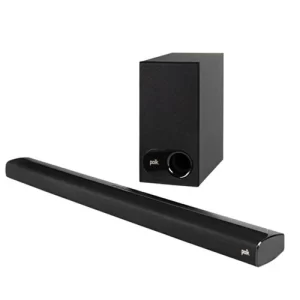

Polk Audio Signa S3 Surround Bar System (Unit)
₹39,000.00Original price was: ₹39,000.00.₹34,710.00Current price is: ₹34,710.00. -
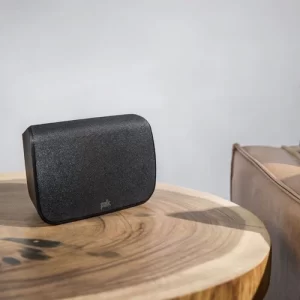

-
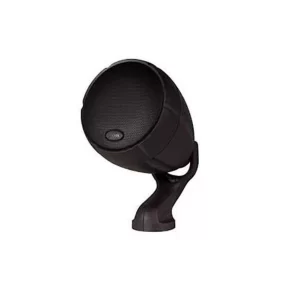

-
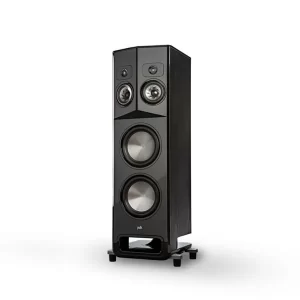

-
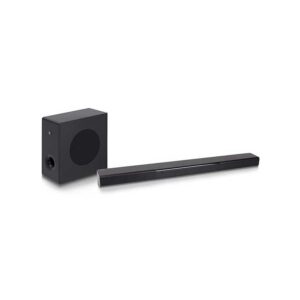

-
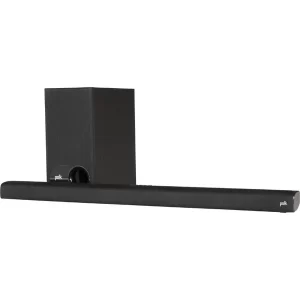

POLK AUDIO SIGNA S2 SURROUND BAR SYSTEM WITH WIRELESS SUBWOOFER (UNIT)
₹32,000.00
Yamaha’s unique Digital Sound Projector technology.
RS. 2,40,000.00 -
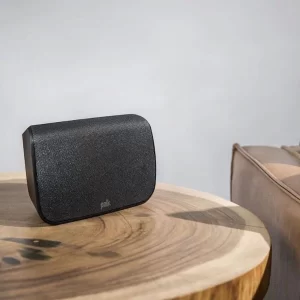

POLK AUDIO MAGNIFI SURROUND SR1 WIRELESS SURROUND SPEAKERS
₹19,000.00
Satisfying sound with superior presence into your living room
RS. 1,30,000.00 -
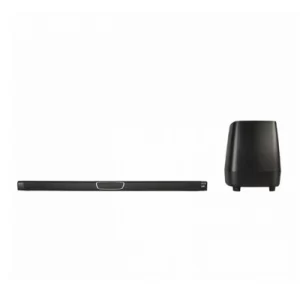

-
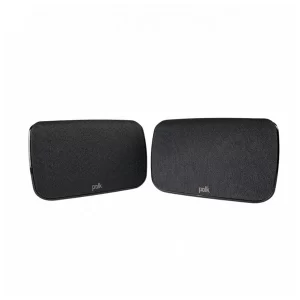

-
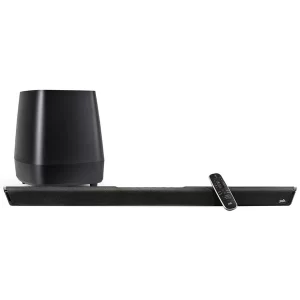

POLK AUDIO MAGNIFI 2 SOUNDBAR SYSTEM WITH WIRELESS SUBWOOFER
₹76,000.00
Twin options for Harman NSP bring you room-filling sound.
RS. 1,24,616.00 -
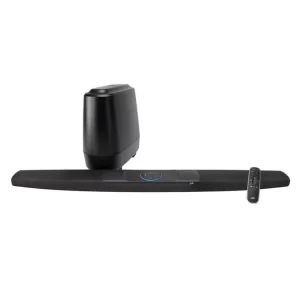

-
